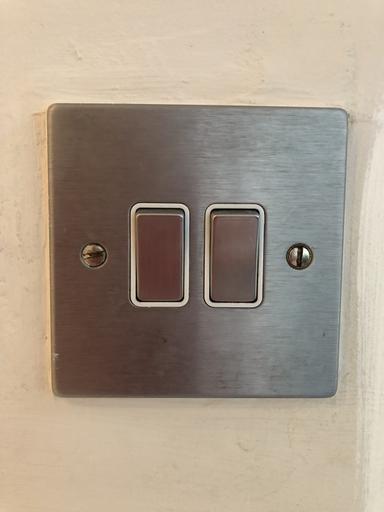Bell crank and lazy-tong linkages
I can make bell crank and lazy-tong linkages.
Bell crank and lazy-tong linkages
I can make bell crank and lazy-tong linkages.
These resources will be removed by end of Summer Term 2025.
Lesson details
Key learning points
- A bell crank linkage moves levers at angles from each other.
- A lazy-tong linkage is made of levers which lengthen or shorten when one end is pushed or pulled.
Keywords
Linkage - A mechanism connecting levers together.
Input - The motion used to start a mechanism.
Output - The motion created by the input.
Loose pivot - A free moving point that connects two levers together.
Fixed pivot - A point that connects a lever to one place.
Common misconception
It doesn't matter where you place the pivots on a lazy-tong linkage.
Where the pivots are placed is very important on a lazy-tong linkage. If they are not placed correctly, the mechanism will not function correctly.
To help you plan your year 4 design and technology lesson on: Bell crank and lazy-tong linkages, download all teaching resources for free and adapt to suit your pupils' needs...
To help you plan your year 4 design and technology lesson on: Bell crank and lazy-tong linkages, download all teaching resources for free and adapt to suit your pupils' needs.
The starter quiz will activate and check your pupils' prior knowledge, with versions available both with and without answers in PDF format.
We use learning cycles to break down learning into key concepts or ideas linked to the learning outcome. Each learning cycle features explanations with checks for understanding and practice tasks with feedback. All of this is found in our slide decks, ready for you to download and edit. The practice tasks are also available as printable worksheets and some lessons have additional materials with extra material you might need for teaching the lesson.
The assessment exit quiz will test your pupils' understanding of the key learning points.
Our video is a tool for planning, showing how other teachers might teach the lesson, offering helpful tips, modelled explanations and inspiration for your own delivery in the classroom. Plus, you can set it as homework or revision for pupils and keep their learning on track by sharing an online pupil version of this lesson.
Explore more key stage 2 design and technology lessons from the Levers and linkages: interactive books unit, dive into the full secondary design and technology curriculum, or learn more about lesson planning.

Equipment
See additional resources document for a list of materials needed for this lesson.
Content guidance
- Risk assessment required - equipment
Supervision
Adult supervision required
Licence
Starter quiz
6 Questions
The output moves in the same direction as the input.
The output moves in the opposite direction to the input.
Works in the same way as the push pull linkage.





Exit quiz
6 Questions





